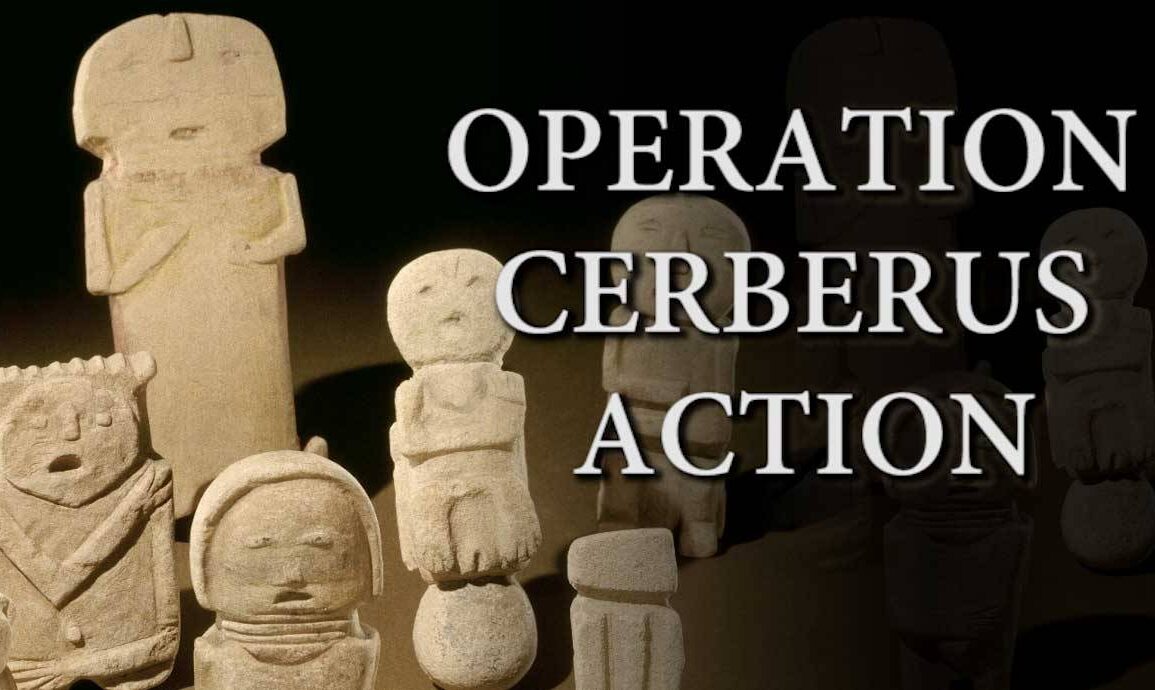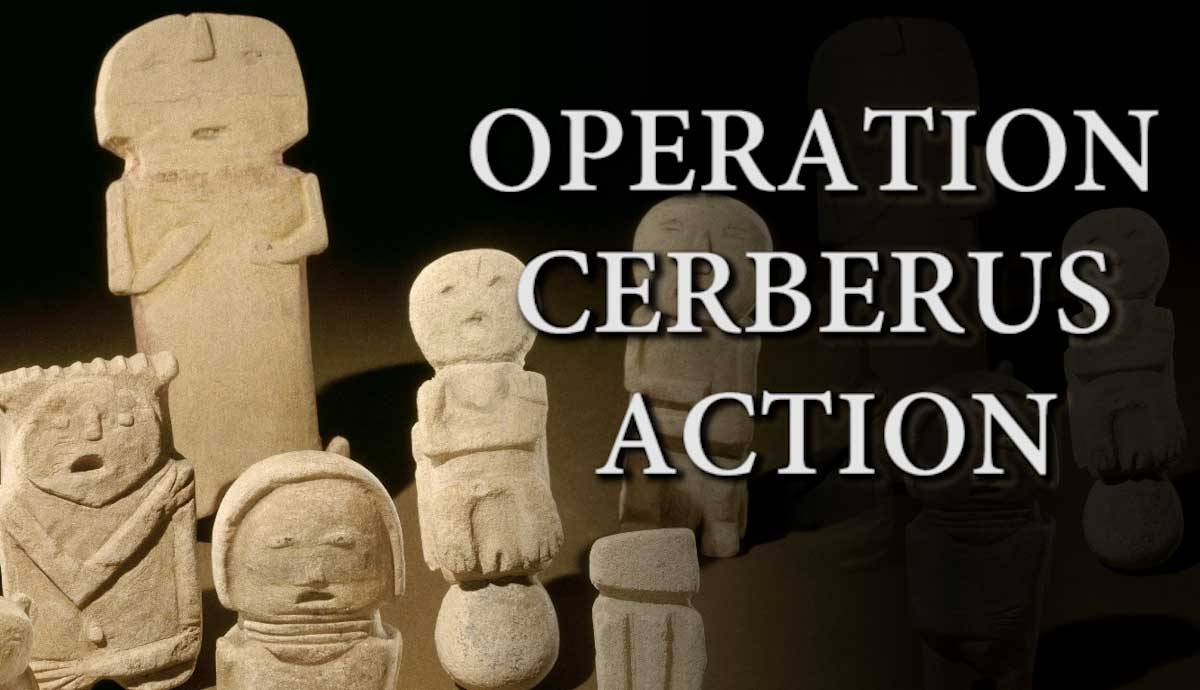
As the sun rose on June 10, 2009, the small city of Blanding, Utah, looked more like a scene from an action movie than real life. Over 100 armed FBI agents descended on eight homes to arrest the 23 people they considered key players grave-robbing ring in a modern grave-robbing ring. The raid and subsequent fallout have divided the community ever since, with some feeling that it was a long-overdue response to the looting of Indigenous sites, while others regard it as an example of government overreach and overkill.
A History of Looting Native American Artifacts
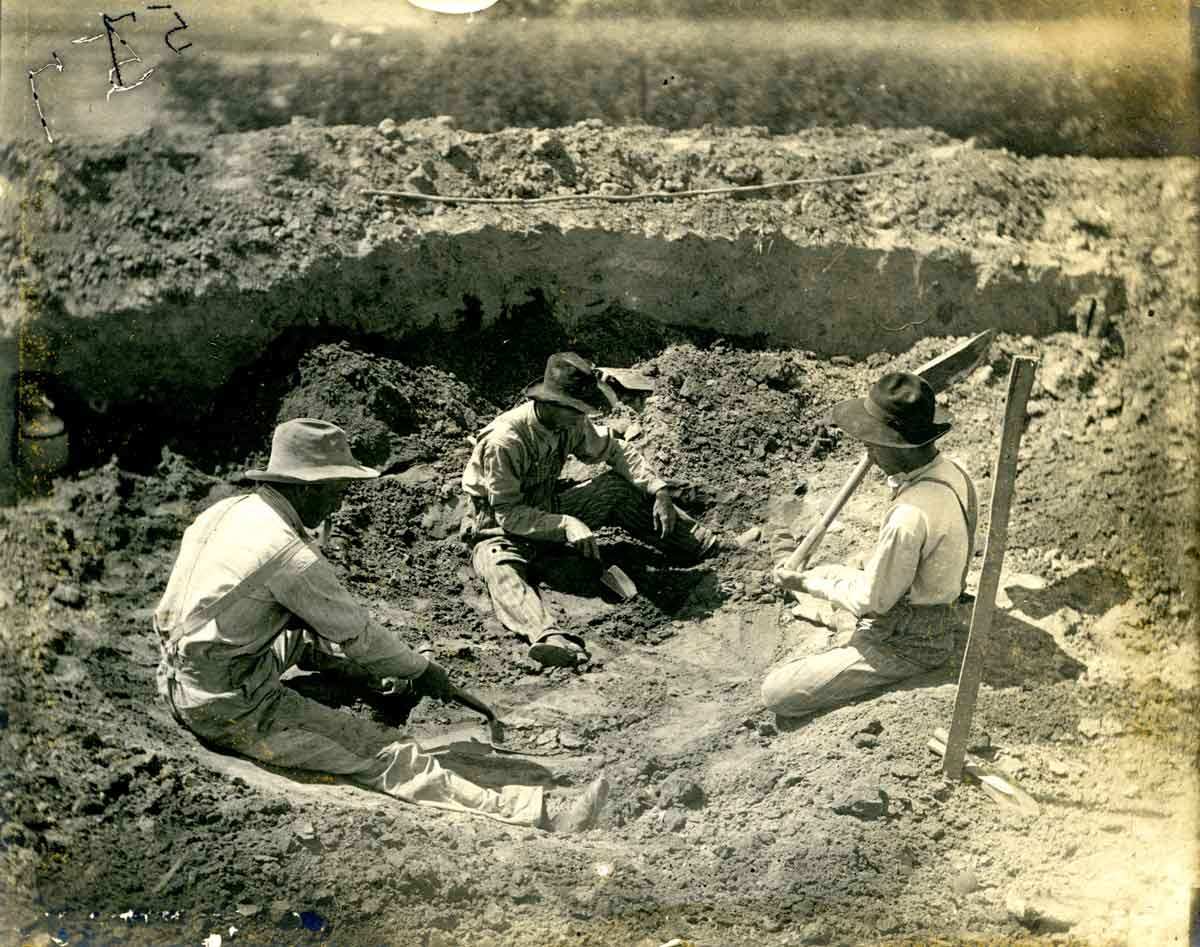
But how did we get to a point where such significant looting was going on in the first place?
Unfortunately, the looting of Native American artifacts has a long and troubling history in the Americas, dating to the first European explorers. Seen as exotic novelties, it was not unusual for people, corpses, and their material culture to be taken for display in Europe, often without consent.
As the impact of colonization resulted in the death of an estimated 90% of the Indigenous population, settlers and Europeans increasingly began to regard Native American cultures as dead or dying. By the late 1800s, this belief, known as “the myth of the vanished Indian”, led a great many Antiquarians and Anthropologists to launch expeditions across the Americas with the goal of collecting as much material culture as possible for museums and universities across North America and Europe.
Get the latest articles delivered to your inbox
Sign up to our Free Weekly Newsletter
At the same time, private individuals were looting Indigenous sites with no lofty but misguided ideals of “saving” Native American cultures from being forgotten. Rather, they were in it for the money. So long as wealthy collectors worldwide desired rare and interesting artifacts from the Americas without asking too many questions about how the item was acquired.
Actual Native Americans were never asked for permission or consent.
The Government Intervenes
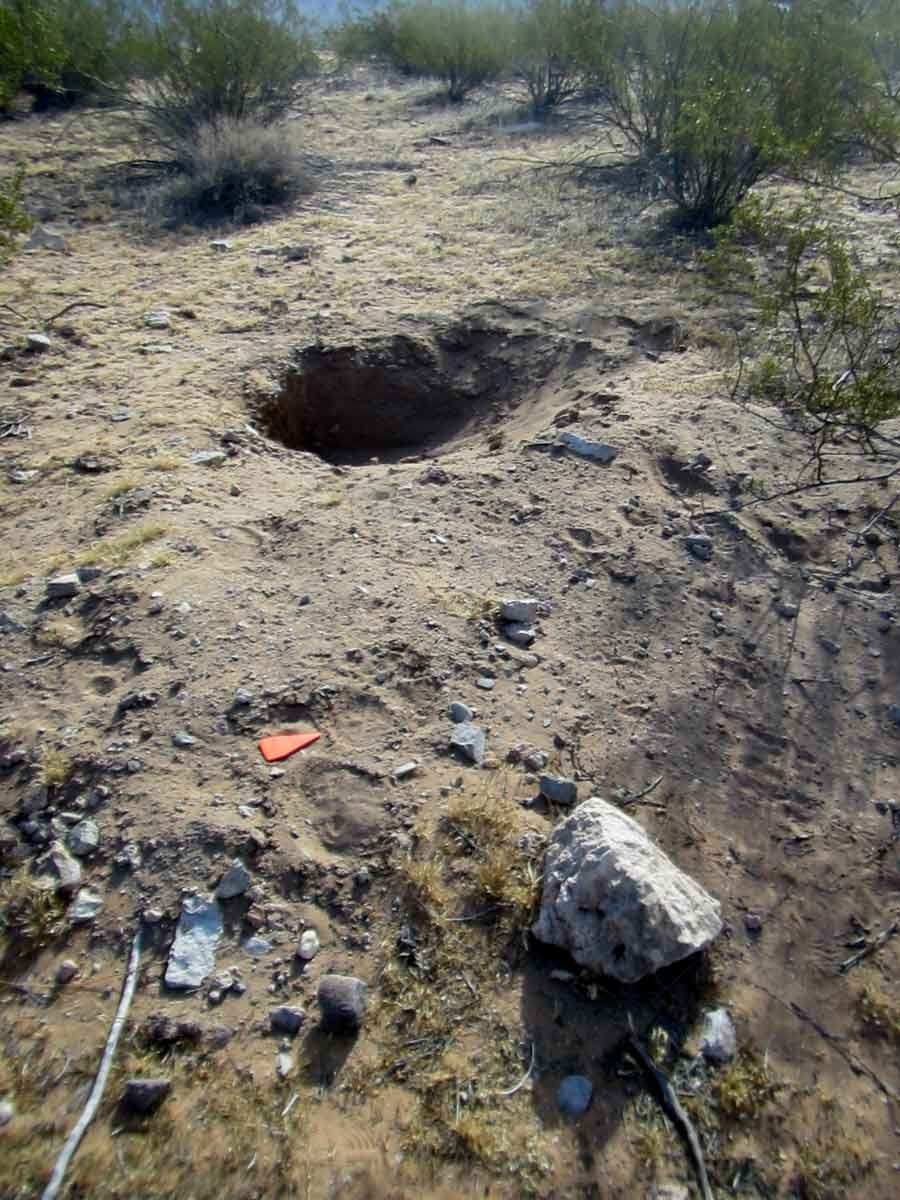
Concern about these private looters and dealers led the US government to pass the Antiquities Act in 1906. This was to protect archaeological material — including human remains — from looters and dealers by designating them as federal resources. In 1979 the Archaeological Resources Protection Act (ARPA) was passed, which regards Indigenous sites over 100 years old to be “an irreplaceable part of the Nation’s heritage”.
These acts, it should be noted, were not to protect Native American sites from exploitation, but only from unsanctioned excavation. It was still fine to disturb Indigenous sacred sites and take artifacts from them if the government said you could or if the sites were on private land. While still deeply problematic regarding the treatment of Native American sites and materials, ARPA at least made the trade of indigenous artifacts recovered on tribal or federal property illegal.
Looting Shenanigans in Utah
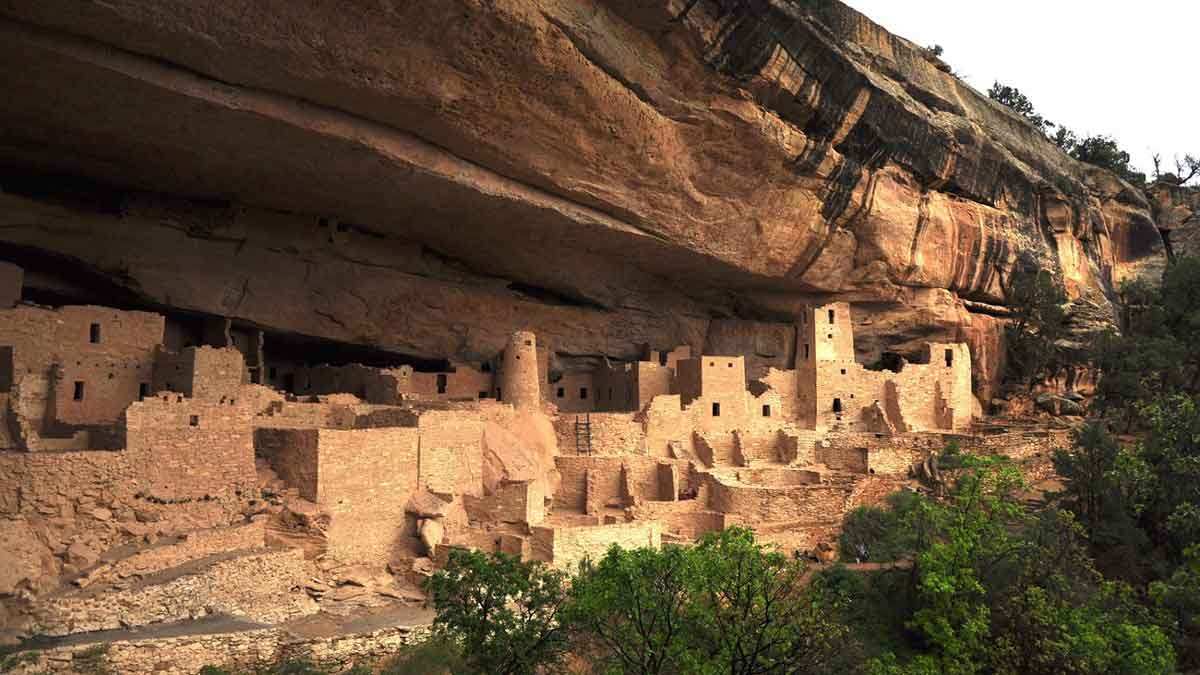
It was not exactly a surprise to the US Bureau of Land Management (BLM), the agency responsible for managing Federal Lands, that widespread looting was still ongoing despite ARPA.
In the Four Corners region, and particularly in the South East corner of Utah, “pot hunting” had become an ingrained part of the local culture, at least among the non-Native population, with everyone from family groups on day trips to commercial grave robbers with helicopters engaged in digging up ancient Native American artifacts for their personal collections. By 1979, almost 50% of archaeological sites had already been plundered by looters.
These artifacts were mostly, but not exclusively, from the Anasazi people, an ancient culture who occupied the Colorado Plateau between 1500BCE and 1300CE before they disappeared, leaving a rich material legacy of cave dwellings, beautiful ceramics, turkey-feather blankets, and weaponry.
The Hopi and Zuni nations are considered the direct descendants of the Anasazi, while the Navajo nation, who occupy the same region, regard them with deference and respect as their forebears on the land. All these Native American nations have deep-rooted religious and cultural practices about the Anasazi, however, and strongly feel that their remains should be considered sacred sites and left in peace. The looters, obviously, disagreed.
In 1986, law enforcement raided over 15 homes and businesses in Utah for their illegal looting and trading of Anasazi artifacts, even catching county commissioners in their sweep, but the State Attorney refused to press charges. Pot hunting continued, and while BLM and the FBI did make occasional arrests, it was incredibly rare for anyone to face serious consequences for their crimes, no matter the damage they had done to sacred sites and the archaeological record.
But then, in 2006, law enforcement finally got a break.
Operation Cerberus Action

Ted Gardiner hadn’t started out to become a looter and dealer in Anasazi artifacts. In fact, he had initially had a great respect for the ancient culture, and regarded digging on their sites as sacrilege. A series of personal setbacks and addiction issues, however, had left him homeless and desperate, so he turned to looting and trading as a way to make an income. As he continued to spiral downwards, a local BLM ranger took notice, and directed the FBI to Gardiner with an offer: help law enforcement to infiltrate the local looting ring in exchange for $7,500 a month and immunity.
FBI special agent Gibson Wilson and BLM special agent Dan Love worked with Gardiner to identify the black market traders in looted Native American artifacts. Over the next two years, Gardiner wore a wire as he conversed with the suspects, made deals for illegally obtained items, and even accompanied them on looting trips on Federal and Tribal lands. Even though the dealers would often provide fake provenance letters for the items Gardiner bought, claiming they were from private land, he would make them show him on maps where the item had really been procured. This evidence was used to prove that the looters knew they were taking the items illegally. In this way, the task force obtained over 256 items valued at over $300,000 dollars from around 25 looters and illegal dealers.
Once they had the goods, the FBI prepared to move in for the arrests; their operation was called Cerberus Action.
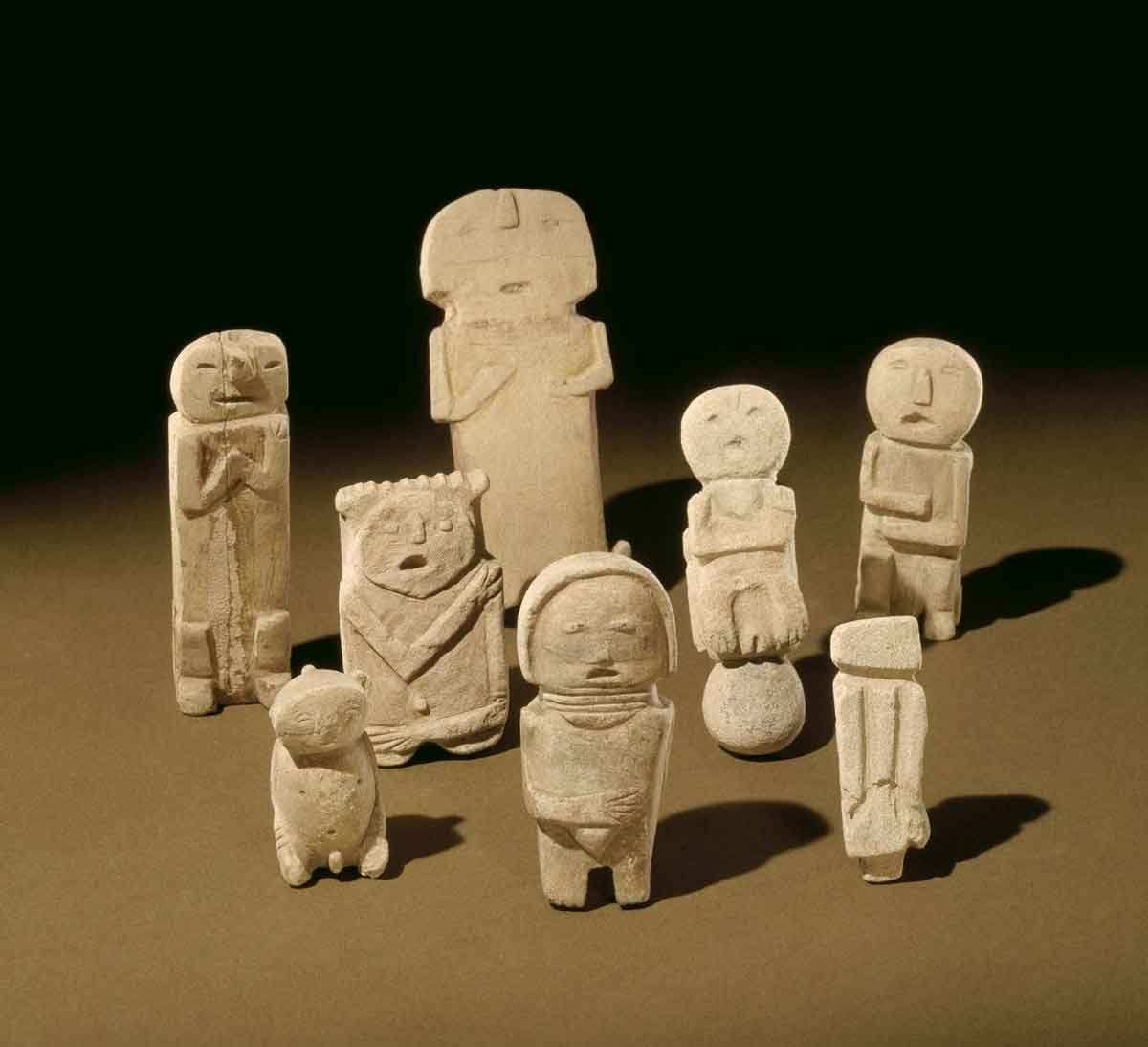
On the morning of June 10th 2009, armed FBI officers descended on the predominantly Mormon town of Blanding, Utah, assisted by BLM agents and local and state police. Twenty-four people were ultimately arrested and later indicted by a grand jury in what the FBI regarded as a strong message to looters and black-market dealers across the country: the trade in illegally obtained Native American goods would no longer be tolerated.
Over 40,000 objects were seized from multiple private residences, including pottery, textiles, ancient clothing, figurines, and more. Some of the items recovered are unique in the record and are of significant cultural, scientific, and archaeological interest, while others have been stripped of all historic value as it is unknown where they were recovered.
The suspects, however, were not the type of people that most would consider key players in the shady world of illegal antiquities dealing. They included a high school math teacher, the brother of a local sheriff, respected senior citizens, and the local doctor. The raid and their arrest caused an uproar in the 3000-strong community of Blanding, and almost immediately, claims of government overreach and excessive force began to fly. Locals were quickly divided into two camps: those who felt that Operation Cerberus Action was long overdue, and those who felt the people who had been arrested had done nothing wrong.
The Fallout
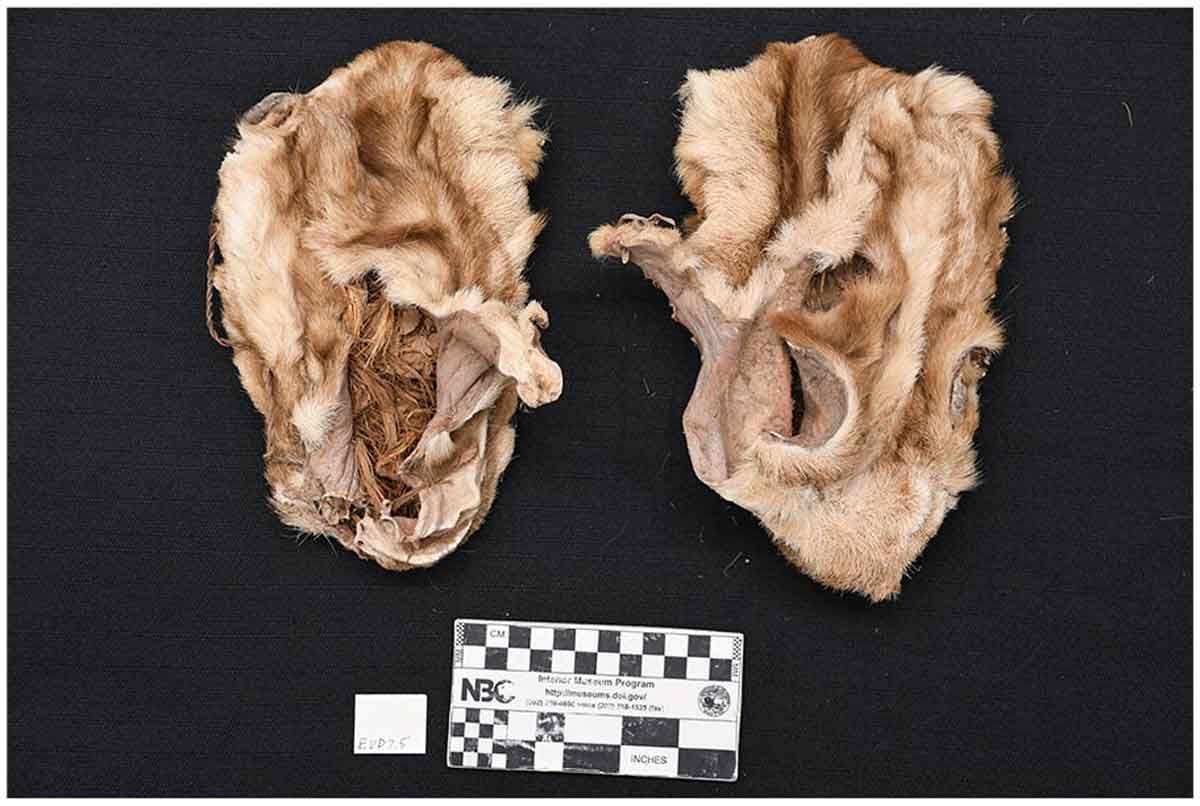
While no one was physically hurt during the FBI raid, casualties did occur in the following months, starting with the suicide of Dr James Redd, the morning after he was arrested. He was facing felony charges with potential imprisonment due to the collection that his wife, Jeanne, was so passionate about collecting despite earlier brushes with the law, and his daughter had also been arrested and charged.
Dr Redd and Jeanne had previously been charged with the felony desecration of a grave in 1996, the case dragging on for five years and causing him significant stress and torment. The charges against him were ultimately dropped while his wife got only six months probation, but the prospect of going through that process a second time seemed to be too much. The Redds, like other defendants, were told they could face as much as 35 years in prison for their crimes, lose professional licenses, and be branded as criminals within their strict Mormon community.
Jeanne Redd later filed a wrongful death suit against the agents who raided their home, accusing them of using excessive force, inflating the value of the items in their collection and threatening Dr Redd to make him confess to crimes she claims he did not commit. The case was ultimately dismissed as groundless by a federal judge.
Jeanne Redd ultimately pled guilty to seven charges in the Cerberus Action case, while her daughter, Jericca, pled guilty to illegally digging up artifacts on Navajo tribal land. They only received probationary sentencing and paid fines of $2,000 and $300 respectively, although they did forfeit their collections of Native American artifacts.
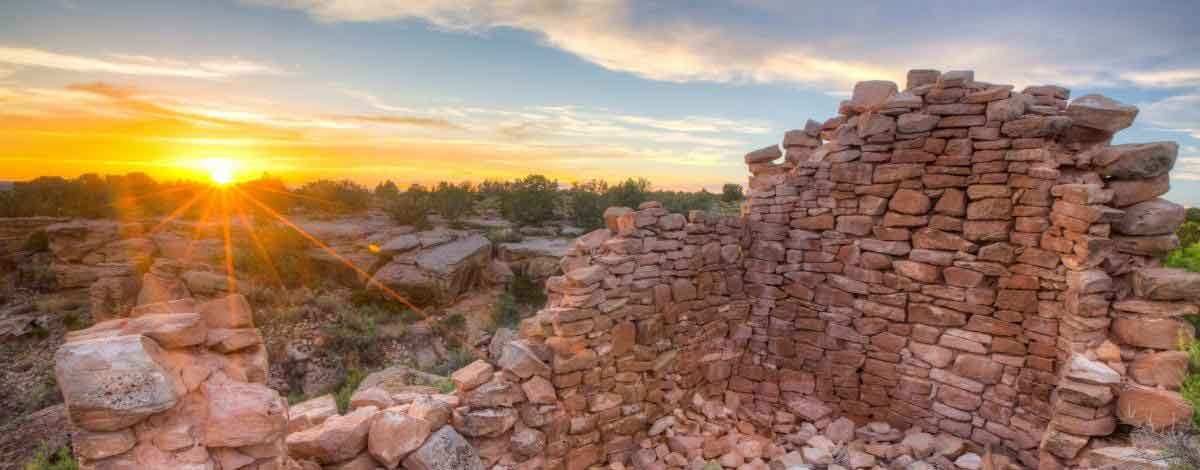
Dr Redd’s suicide was sadly not the last. The following week collector Steven Shrader also committed suicide following interviews and charges from the FBI in relation to Operation Cerberus Action. He had not been one of the people arrested in the dawn raid, but had been implicated during the investigation.
The final death came a year later. While government informant Ted Gardiner had never expressed any regret over his involvement in Cerberus Action, he was deeply affected by the suicides of Redd and Shrader and felt guilt over their deaths. His addictions resurfaced, and in March 2010, Gardiner took his own life.
Of the rest of the defendants, 11 pled guilty to felonies, eight to misdemeanors and charges were dismissed against six more. Many had to give up their collections and a few faced marginal fines.
No one went to prison.
A Community Divided
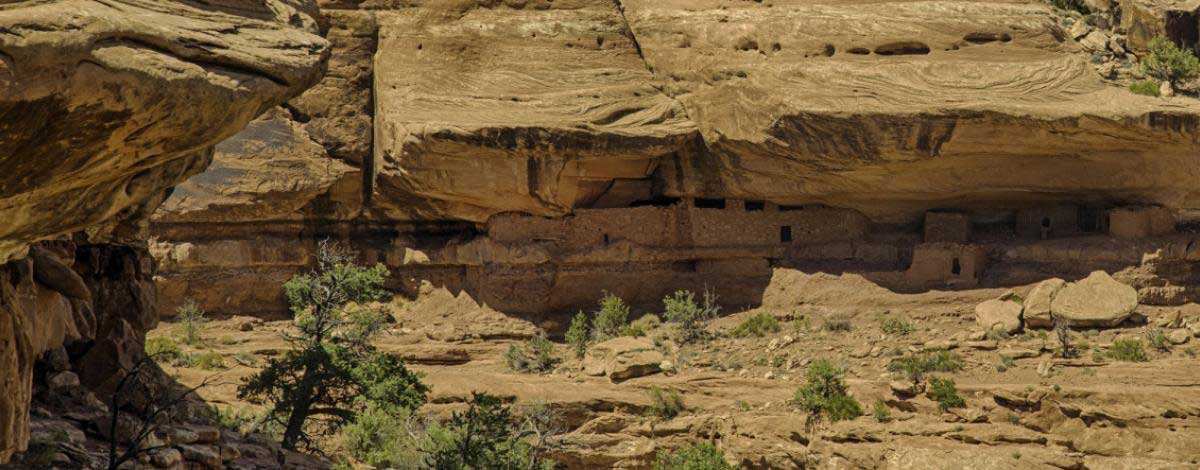
BLM specialists spent years sorting through the artifacts recovered as part of Cerberus Action, returning some to their Native American tribal descendants, and placing others into national museum collections for future study. The historical and cultural significance of the collection is considered immeasurable and will be key to furthering our understanding of ancient American cultures.
Despite this, many people in the Four Corners area remain bitter and angry about the case, especially after the suicides. Despite knowing and acknowledging that looting is illegal, they do not feel it is immoral, claiming that the majority of residents still take part in pot-hunting. In their opinion, there is no harm caused by their actions, and if anything, the opinion is that residents have every right to hunt for and collect Indigenous artifacts in their region, and that the Federal government are overstepping their bounds by trying to prosecute those found with illegal items in their possession.
Many others disagree. Archaeologists emphasize how looting has destroyed much of the historic record in the Four Corners region, for once an item has been removed from its context it is not possible to just “put it back”. Local Native American nations regard the trade as tomb robbing and desecration – all the more so because graves are so frequently targeted for their intact goods. Many people feel that NAGPRA does not go far enough and that stricter penalties for looters are necessary to discourage the illegal antiquities trade, because it is an extremely lucrative trade in which few are sufficiently punished for their participation.
Looting Native American Artifacts: The Future

Operation Cerberus Action has not stopped the looting of Native American sites or significantly changed community attitudes toward the practice. If anything, it has made many participants dig their heels in further. Changing attitudes takes time, and a combination of strict penalties coupled with community education and outreach is needed to make any real dent in the trade.
To those who might consider the illegal looting of Native American sites as no big deal, ask yourself this: would you be okay with someone raiding your ancestor’s graves so they could profit from the sale of their bones and items? The descendants of these ancient people are still here, still alive, and still fighting back against the destruction and disrespect of their culture.
This post was originally published on this site be sure to check out more of their content.



